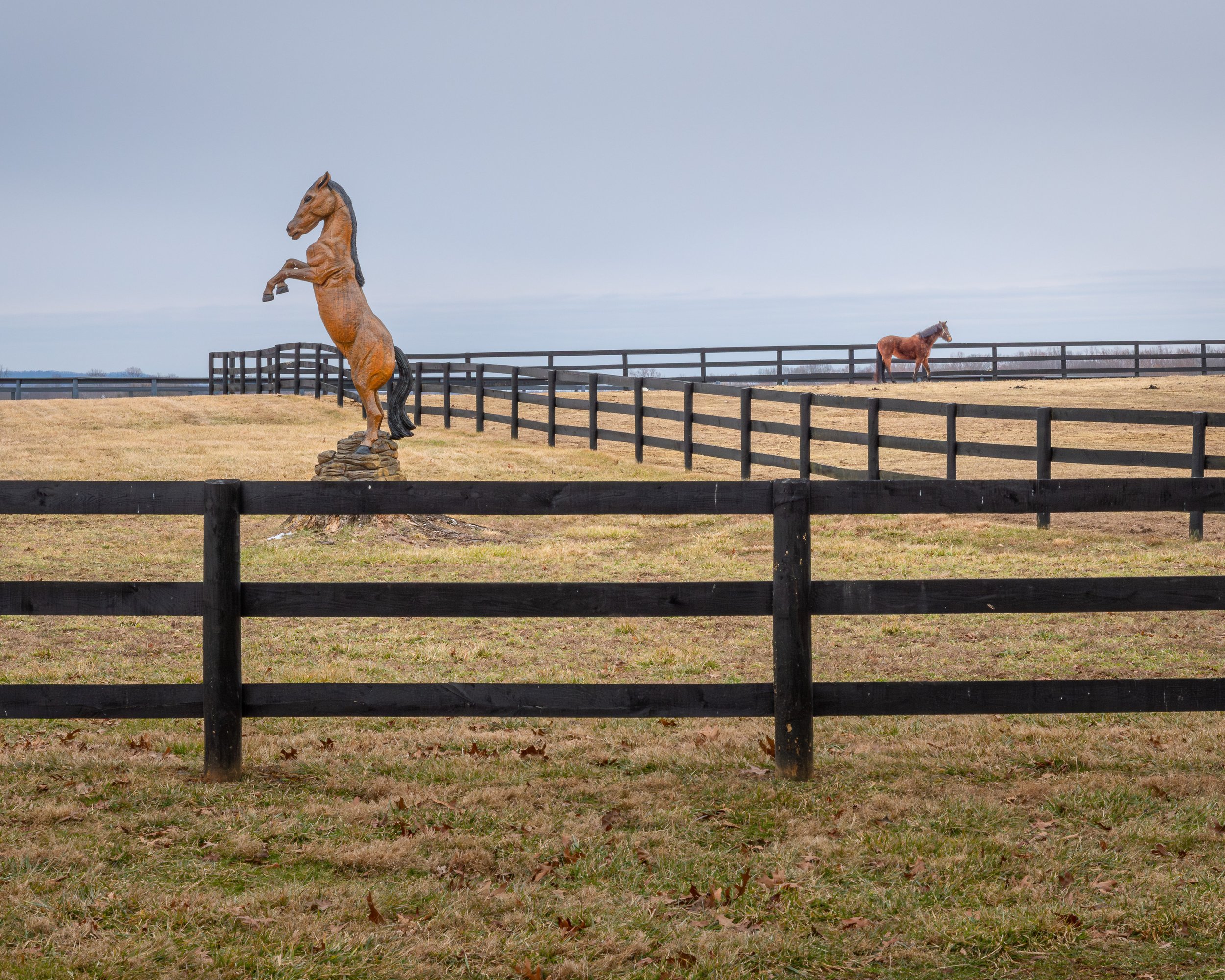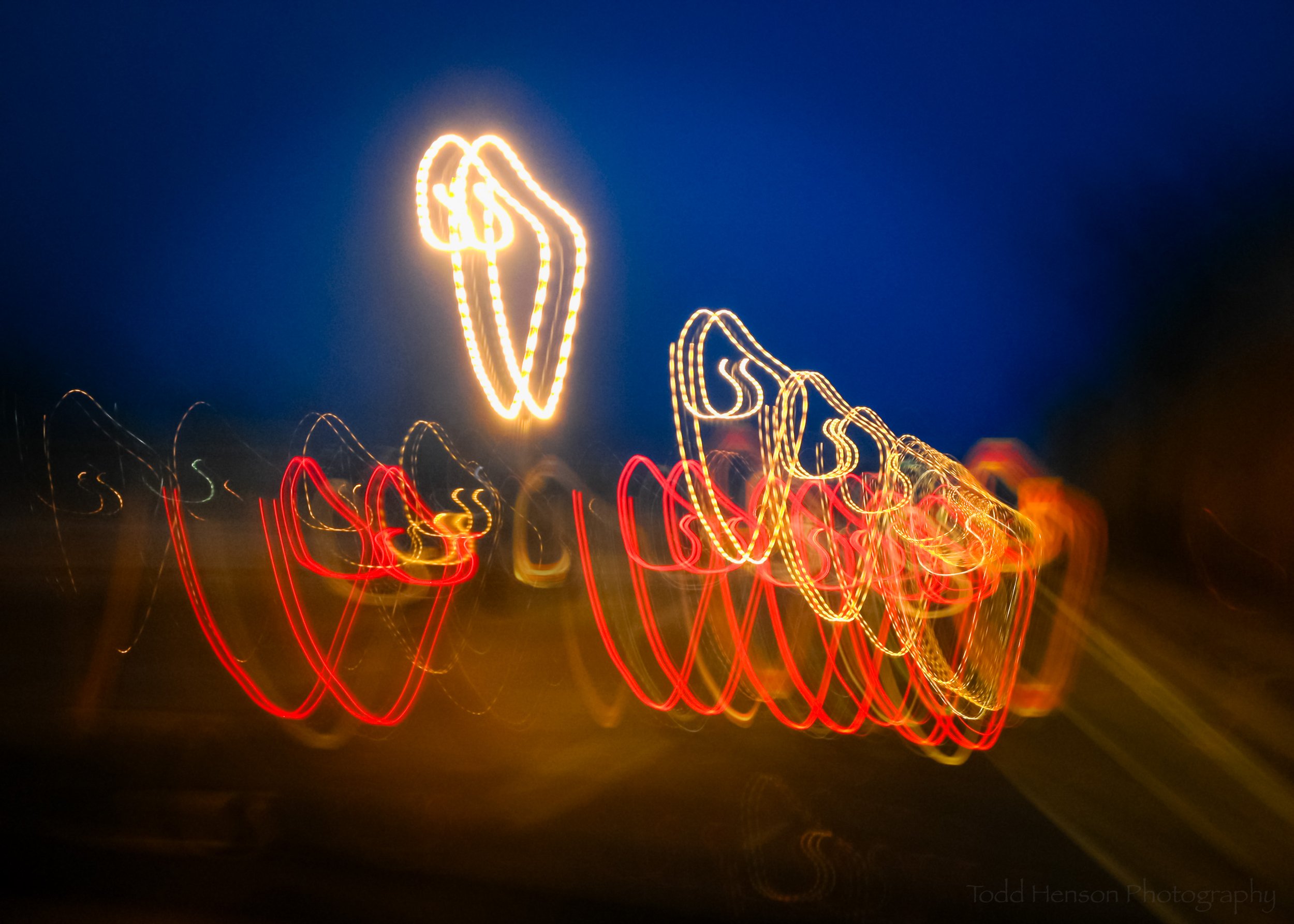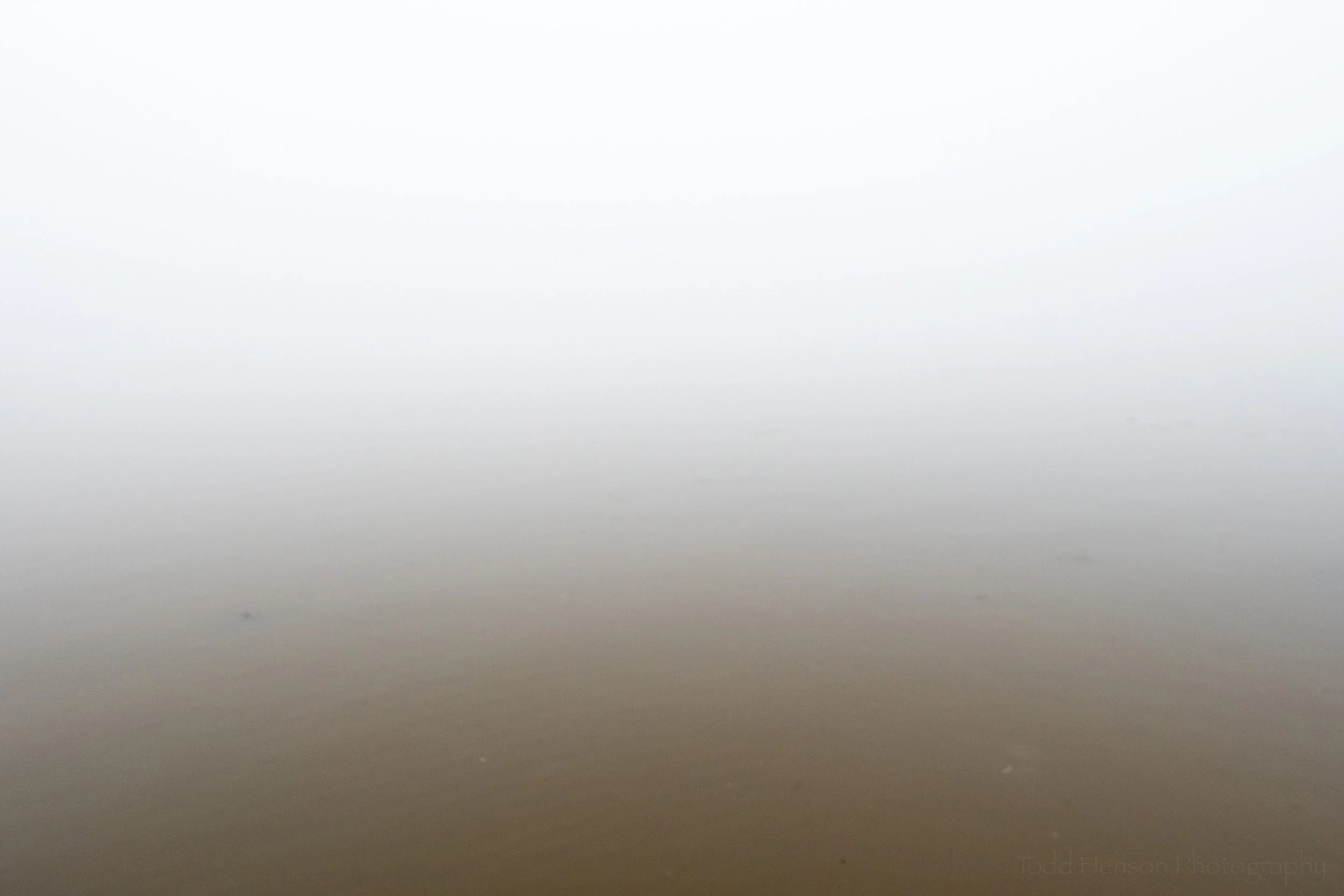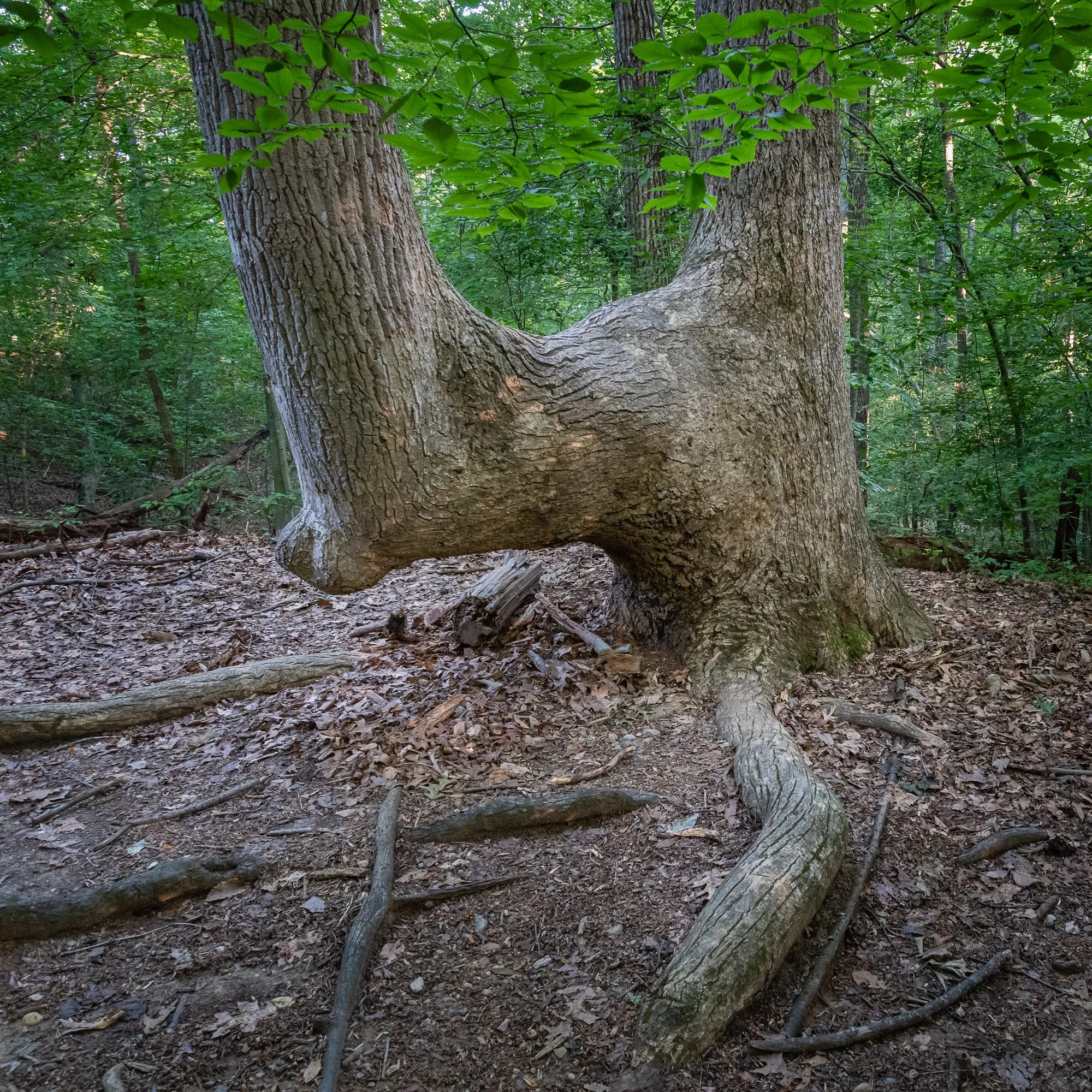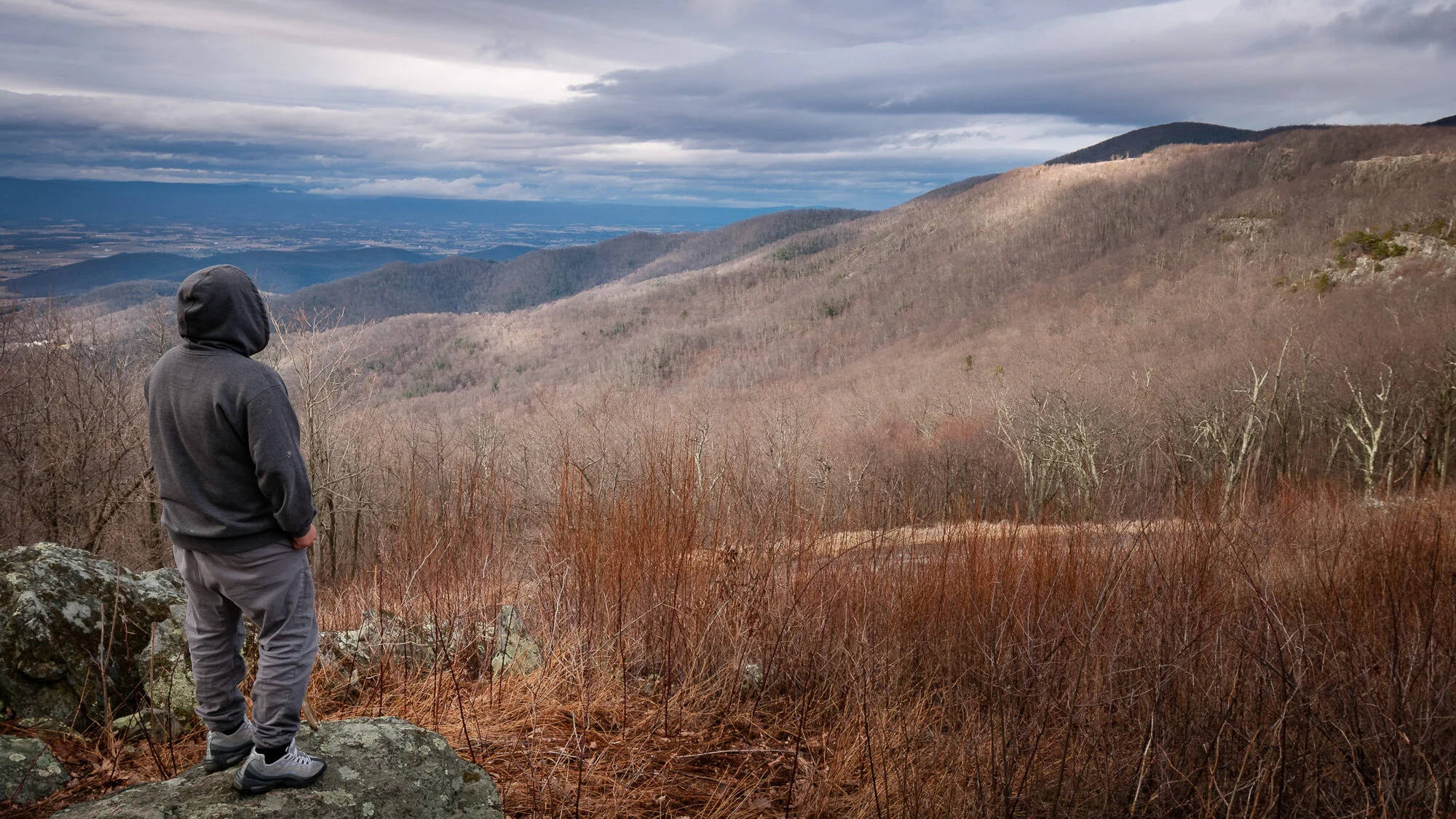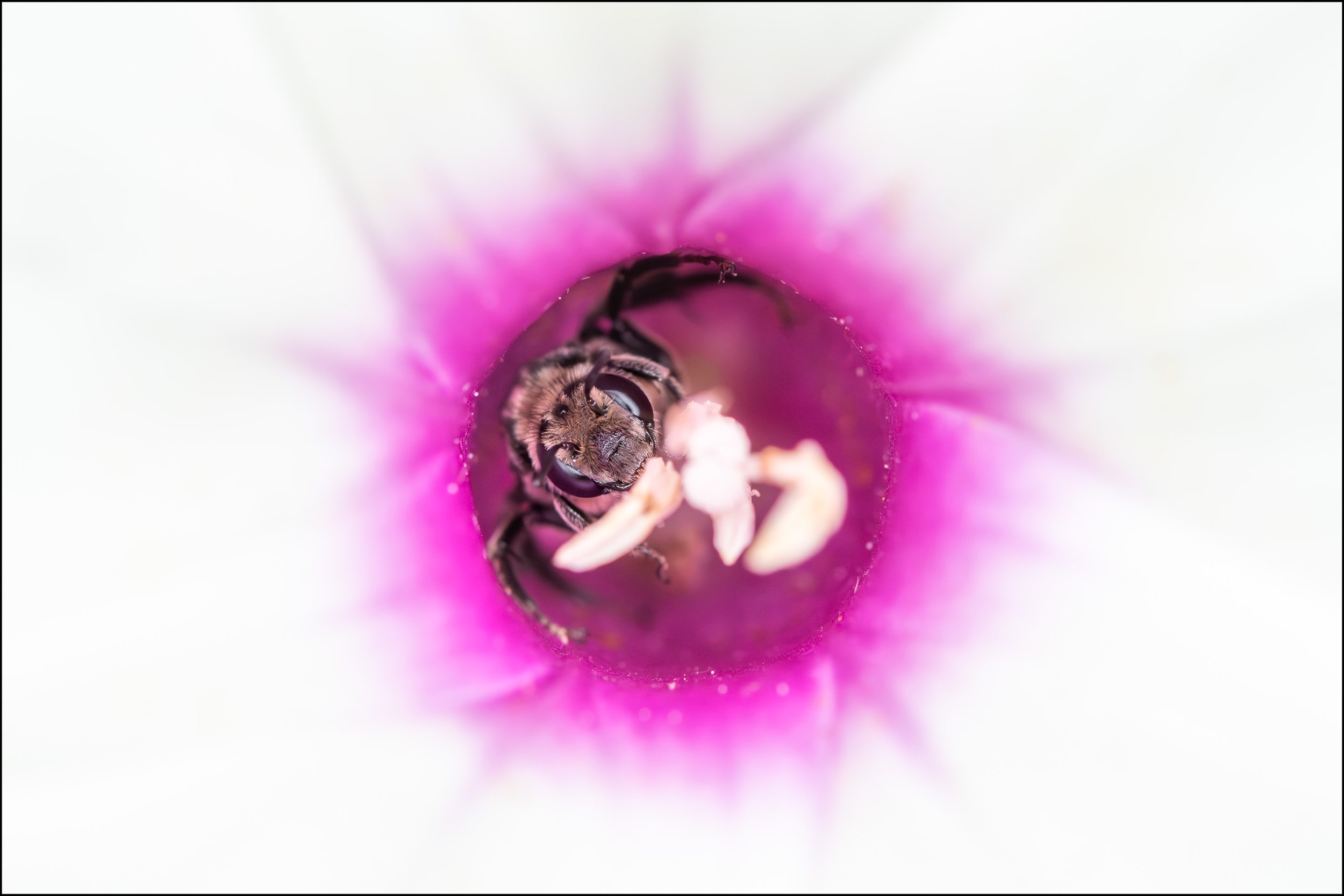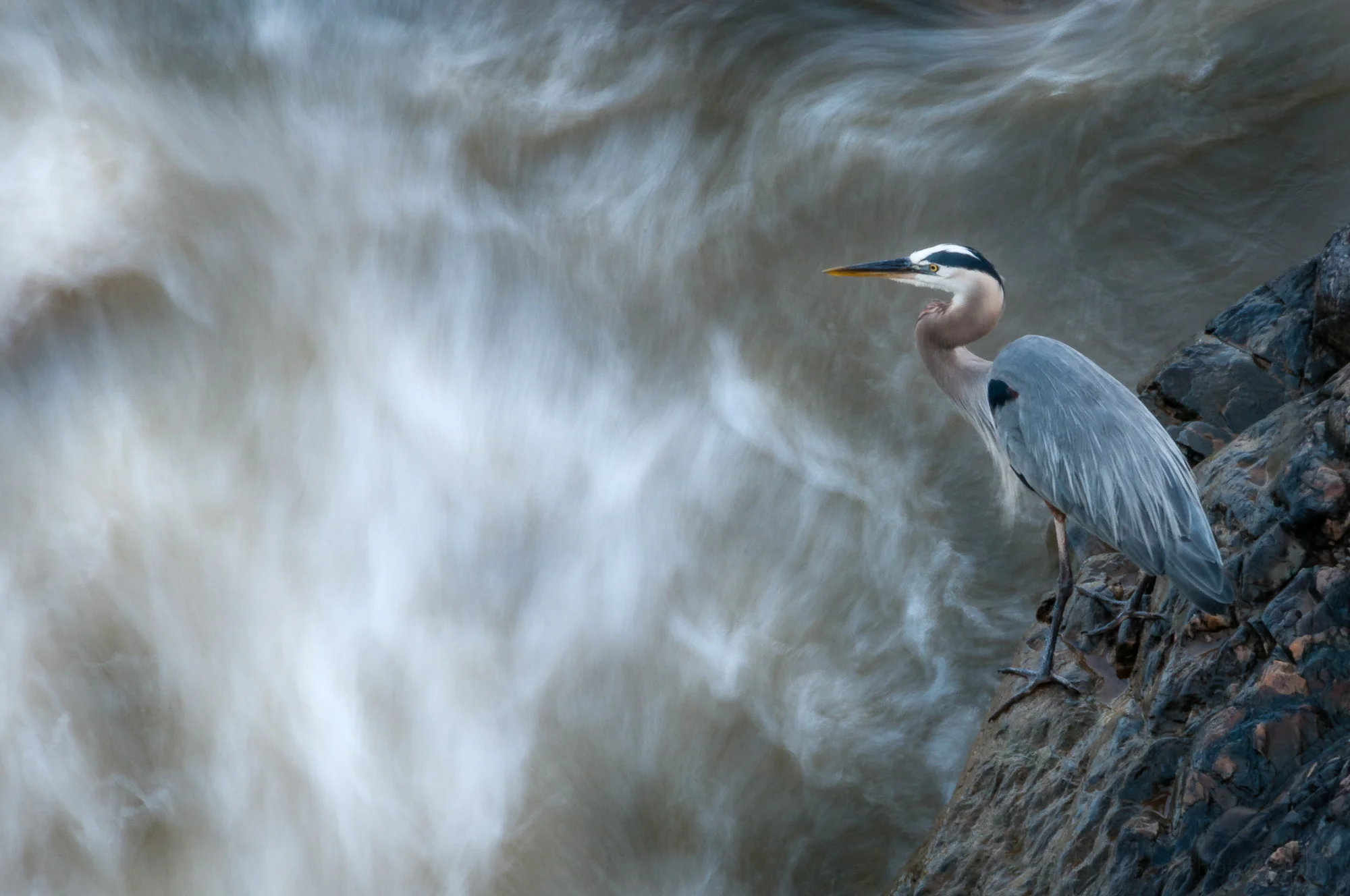One of many in a small field of Mexican primrose
Home gardens can be a great place to find flowers to photograph. My folks have some Mexican primrose in their front yard and I spent a little time one afternoon exploring them, trying to find different ways of showcasing this beautiful flower.
I hope you enjoy this selection of six views of Mexican primrose.
Top view of a Mexican primrose
Looking through the primrose garden
Some of the stages of bloom of a Mexican primrose
The light was just right to create a glowing Mexican primrose
Goodbye, primrose
Do you enjoy these posts?
Sign up to receive periodic emails with updates and thoughts. Don’t worry, I won’t spam you. And please consider purchasing artwork or products from my online store, and using my affiliate links in the sidebar to the right when shopping online.
I appreciate your support!
